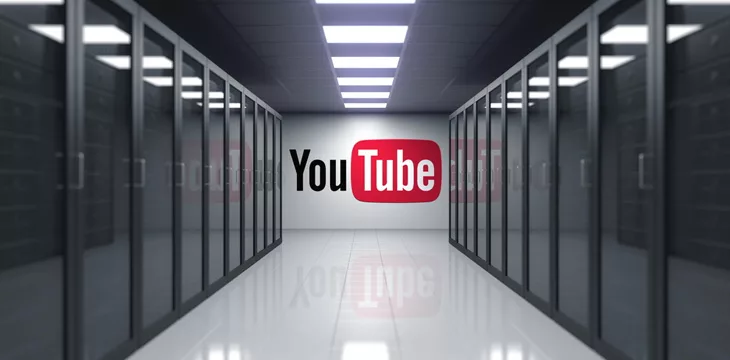|
Getting your Trinity Audio player ready...
|
YouTube has announced a batch of new artificial intelligence (AI) tools designed to improve the efficiency of creators on its platform and broaden their reach.
The features were announced at the recently concluded Made on YouTube event, with the company confirming that the new AI offerings will be available for Shorts and long-form videos. According to a company statement, YouTube will roll out Dream Screen, an “experimental” AI-powered feature that allows users to generate video concepts by typing in prompts.
“Creators will be able to generate new, fantastic settings for their Shorts that are only limited by what they can imagine,” said Toni Reid, YouTube’s vice president of Emerging Experiences and Community Products.
The video streaming company revealed “AI Insights,” which it says will assist creators in deciding the nature of content to create based on the needs of their audience. YouTube noted that the beta test for AI Insights has recorded significant interest, with 70% of surveyed creators confirming that the product has assisted in “testing ideas for videos.”
Video creators on YouTube can use AI to intuitively search for soundtracks for their videos. According to YouTube, its new Assistive Search will suggest the “right music at the right price,” with users having the functionality of customizing their Search using AI.
YouTube also unveiled Aloud, a dubbing feature it says will allow creators to reach wider audiences via automatically translated audio. Currently, the feature shows support for English, Spanish, and Portuguese, with support for several languages expected in the coming months.
Aware of the perceived complexities in video creation, YouTube announced a new mobile app allowing users to edit their videos on the go. The product is still in beta, but YouTube says the app will be free-to-use and enable users to create both Shorts and long-form videos.
YouTube’s parent company, Google, has incorporated AI into its ecosystem, unveiling new AI features for Search and giving the nod to AI-generated content. Google has since launched its generative AI chatbot dubbed Bard and rolled out an AI-powered anti-money laundering (AML) for financial service providers.
Generative AI comes under fire
In recent months, generative AI has whipped up a thunderstorm over salient issues about privacy, copyrights, and false reporting stemming from deepfakes. Several AI developers, including Google (NASDAQ: GOOGL), Meta (NASDAQ: META), and OpenAI, are having their day in court over allegations of copyright violations in training their large language models (LLMs).
Aware of the threats of AI to security, media, finance, and other emerging sectors, regulators have taken preliminary steps to regulate the sector, eyeing the establishment of global minimum standards. Attempts by the European Union (EU) to regulate AI have drawn the ire of AI developers in the EU, with one coalition calling for the less restrictive rules for open-source AI platforms.
In order for artificial intelligence (AI) to work right within the law and thrive in the face of growing challenges, it needs to integrate an enterprise blockchain system that ensures data input quality and ownership—allowing it to keep data safe while also guaranteeing the immutability of data. Check out CoinGeek’s coverage on this emerging tech to learn more why Enterprise blockchain will be the backbone of AI.
Watch: How Artificial Intelligence cures the world’s loneliness epidemic

 06-30-2025
06-30-2025 





